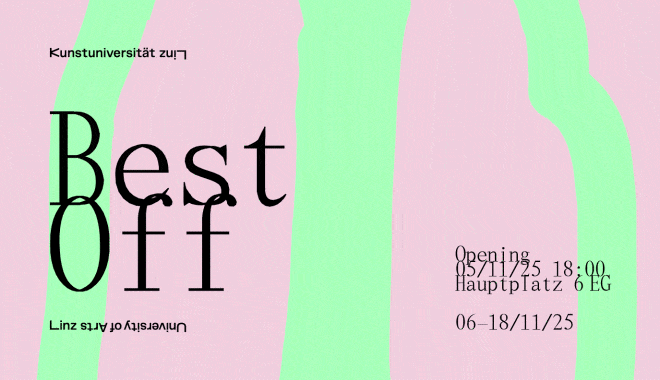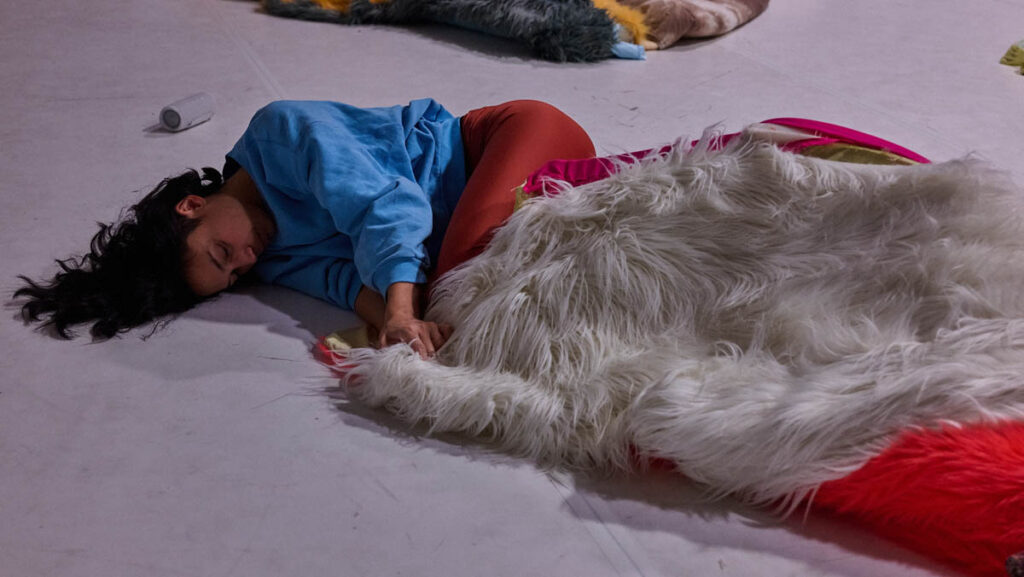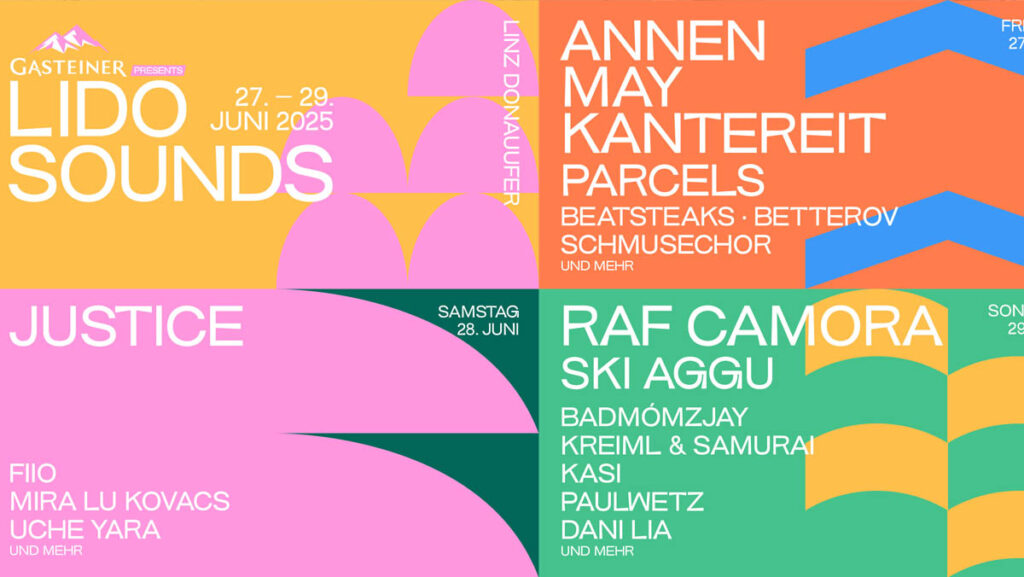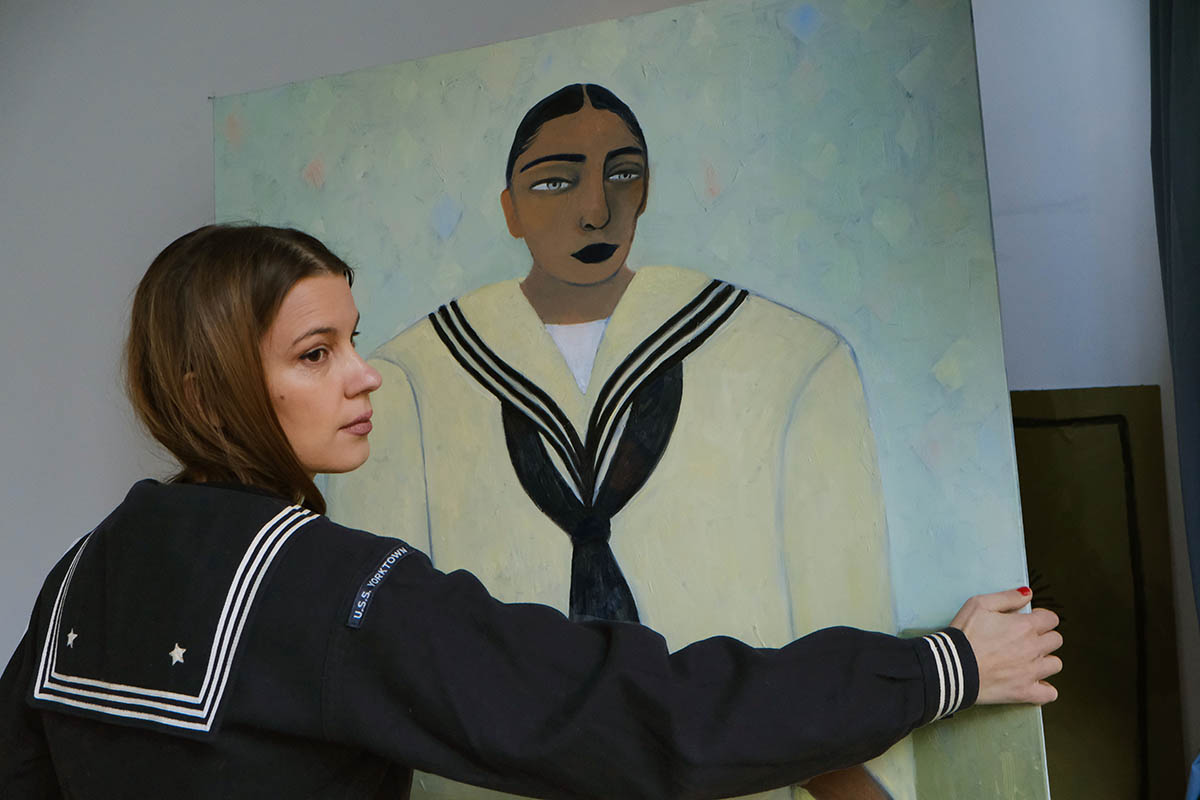
You started your journey in fashion design. How has fashion illustration influenced your paintings today?
After I decided that I did not want to work as a designer anymore, I didn’t touch pen and paper for five years. That was ten years ago, and after a lot of work on myself and rebuilding my confidence, I believe I developed many skills during my time in fashion that inform my work today. I am quite well-trained in illustrating draperies, fabrics, and patterns. Clothes generally also play a significant role in my paintings; they are symbolic of what I’m trying to convey and often reappear in my work. Some of these include strong-shouldered men’s suits and Japanese kimonos. These key style elements have been with me ever since I started thinking about clothes at fashion school in 2006.
What led you to transition from the fashion world into painting?
Painting, drawing, and art in general led me to fashion, not vice versa. Drawing was the first thing I ever did at the age of two. I have very vivid memories of feeling very strongly about specific colors. My earliest memory is from when I was 4. I was sitting on the floor with all my pencils scattered around me, and I’d been drawing this picture with a house and birds for a while, but it just wouldn’t sit right with me. I kept thinking something was missing until I decided it needed more yellow, and for the following months, all pictures had a touch of yellow. Then it was green, red, or blue. Then, when I started school, teachers quickly noticed my ability to draw and encouraged me to go further. This continued throughout high school until I decided to move to Paris and study fashion design. It was a bit of a silly decision, but I am happy I had time to mature as a person and figure out life before I started painting. Throughout the 10 years I worked as a fashion designer, art was always my number one inspiration. I was visiting museums and galleries several times a week, and in the back of my mind, I knew I was going to be a painter one day. It just took a while to gather the courage and also find the time. Like so many, not having to work during the pandemic allowed me to experiment with paint for the first time, which ultimately led me to my first painting in 2021.
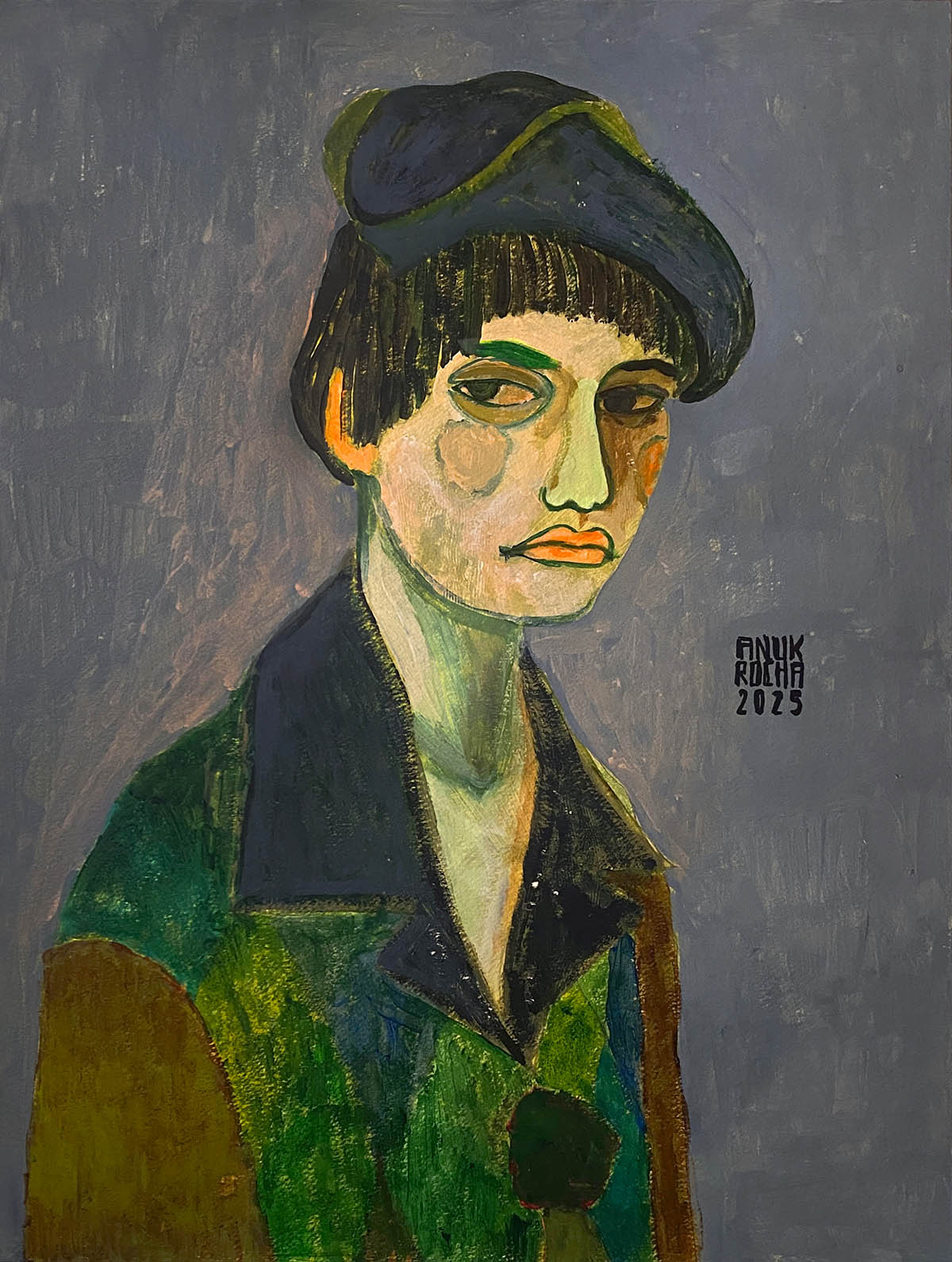
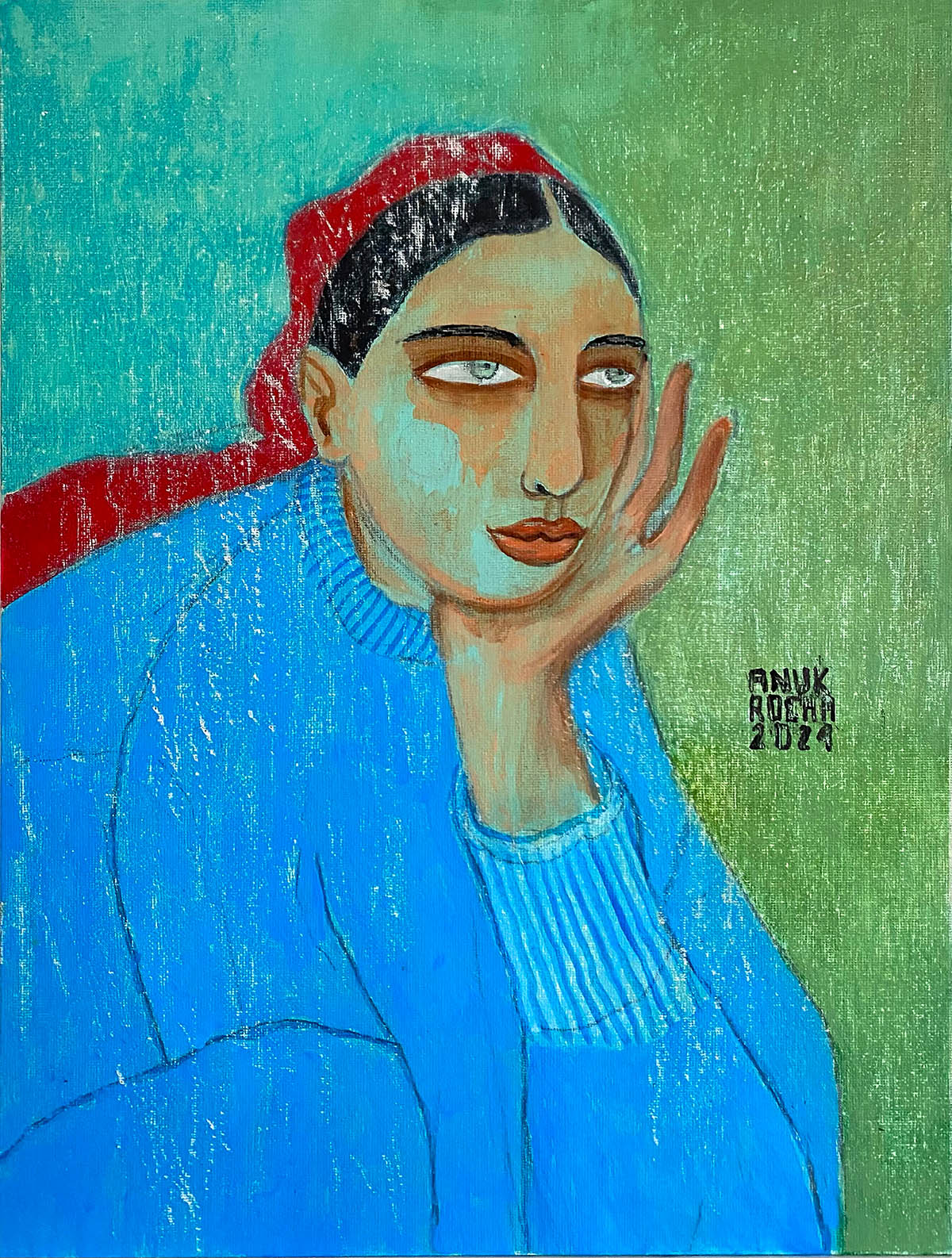
You call portraits you paint „patchwork portraits.“ Can you elaborate on that?
Yes, in contrast to traditional portrait painting, I don’t draw from life or photographs, but from memory. I have an obsession with specific facial features, which I notice when meeting other people or observing people on the street. I will fall in love with somebody’s eyebrows or the way their nose is arched. The way somebody’s lips are shaped by their teeth pushing out, or a very defined eyelid. I don’t plan the faces I paint; they come to me as I go, and I will reference those memories of noses and eyes, all borrowed from people I have met in my life.
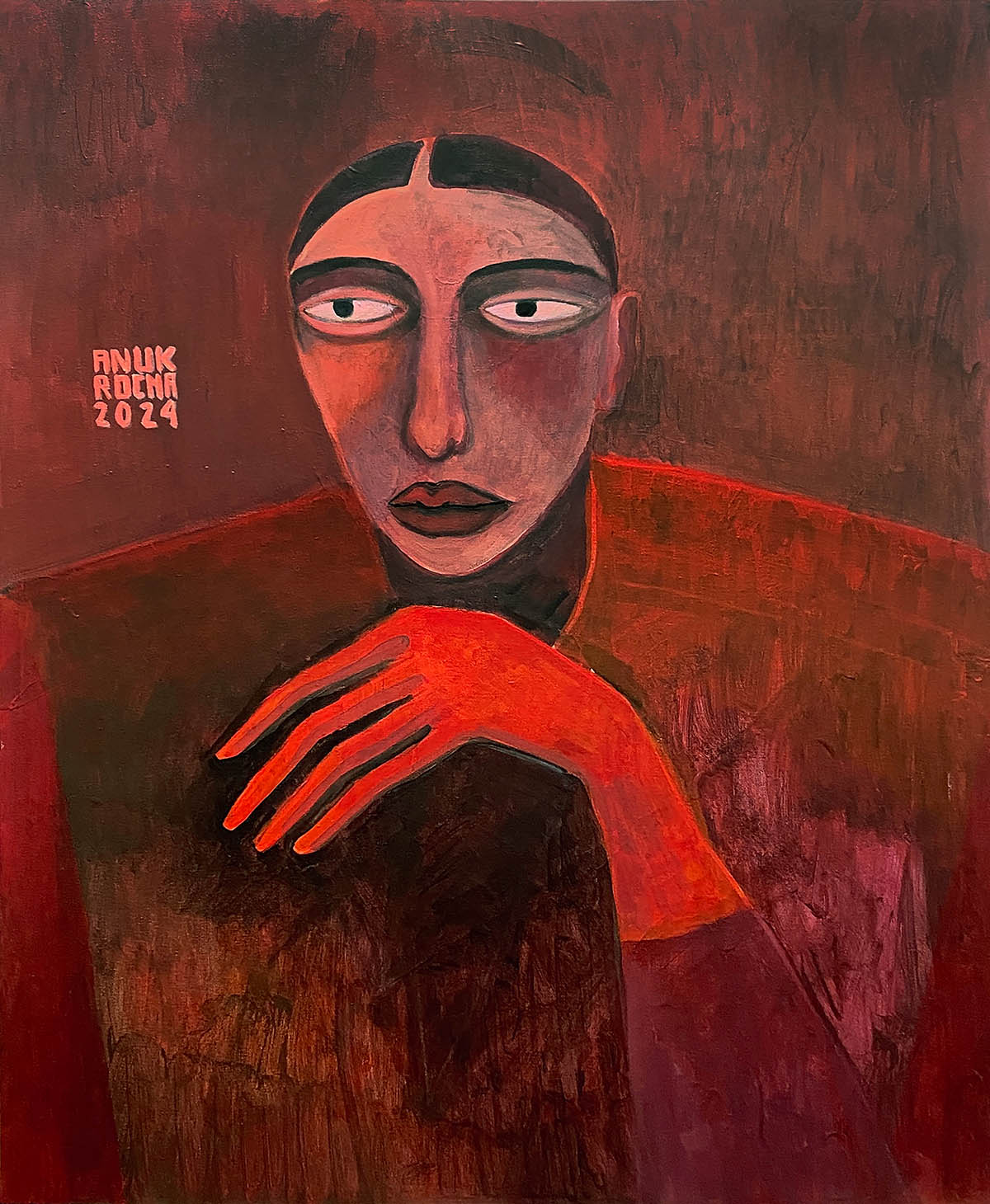
The diversity of ethnicities, moods, and styles in your portraits suggests a commentary on identity. How do you view the relationship between individuality and the collective in your work?
The reason I am so in love with different ethnicities and styles is that I come from a very mixed background, which has shaped my complex identity. For starters, I am Bosnian and Muslim, but I was born and raised in an evangelical German community. My parents did not want me to be excluded from school activities, so they let me go to church with the other kids, which I loved. Then, my mother remarried and introduced a new Tunisian ethnicity into the family, bringing with it all the fabulous music, food, and clothes.
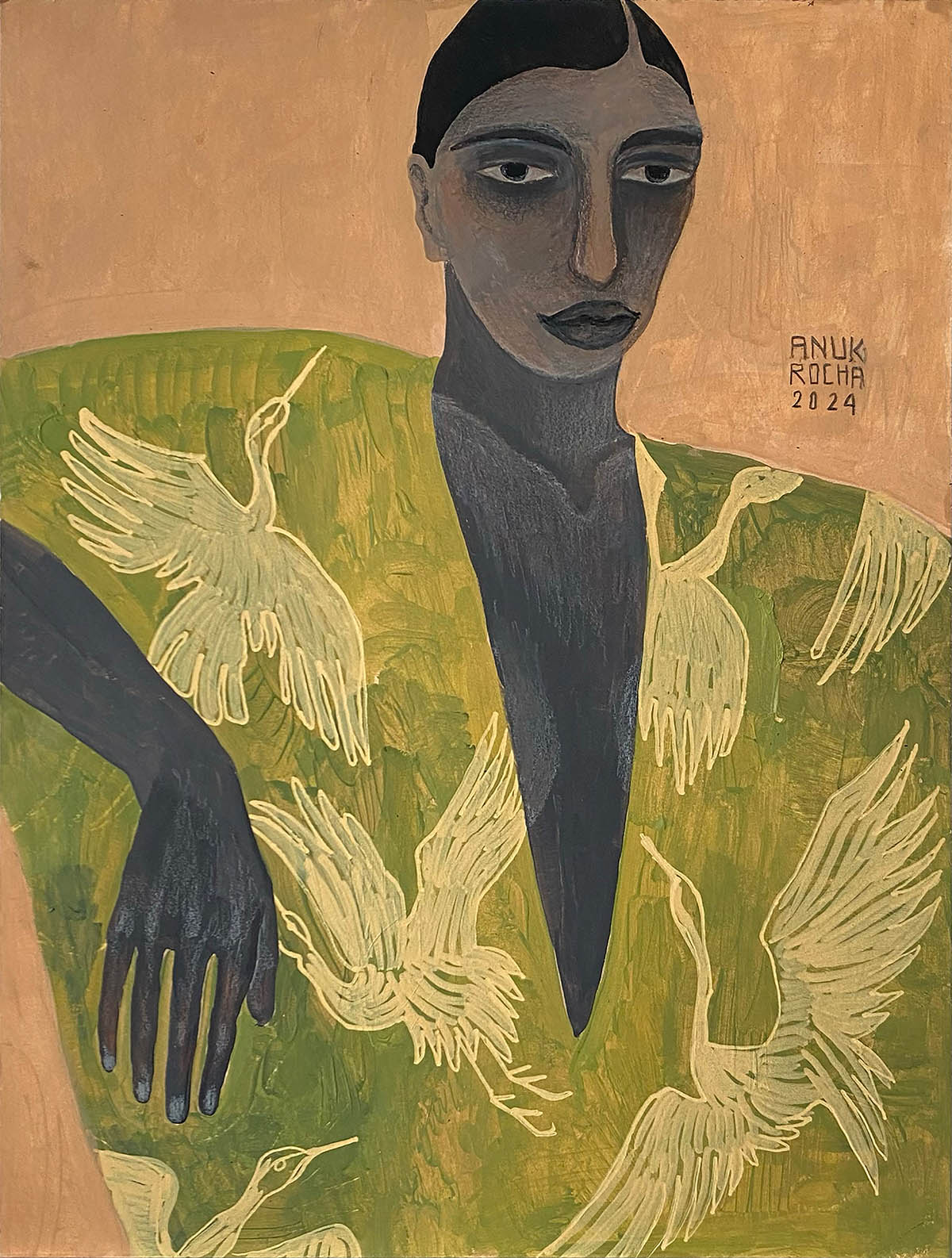
So, I have a sister who is half Tunisian. Beyond that, I lived in Paris for ten years and three years in Marseille. I married a Christian-Jewish Polish man from New York; we met in Berlin, living in a Turkish neighborhood. I feel connected to so many communities and adapt very easily, as I love embracing the people and cultures I am surrounded by.
What is the perfect setting you see your work in? Are there any specifics about the way you would like them to be perceived?
I would love to paint bigger and create an immersive experience for the viewer, which is what I am going to explore further in the New Year.
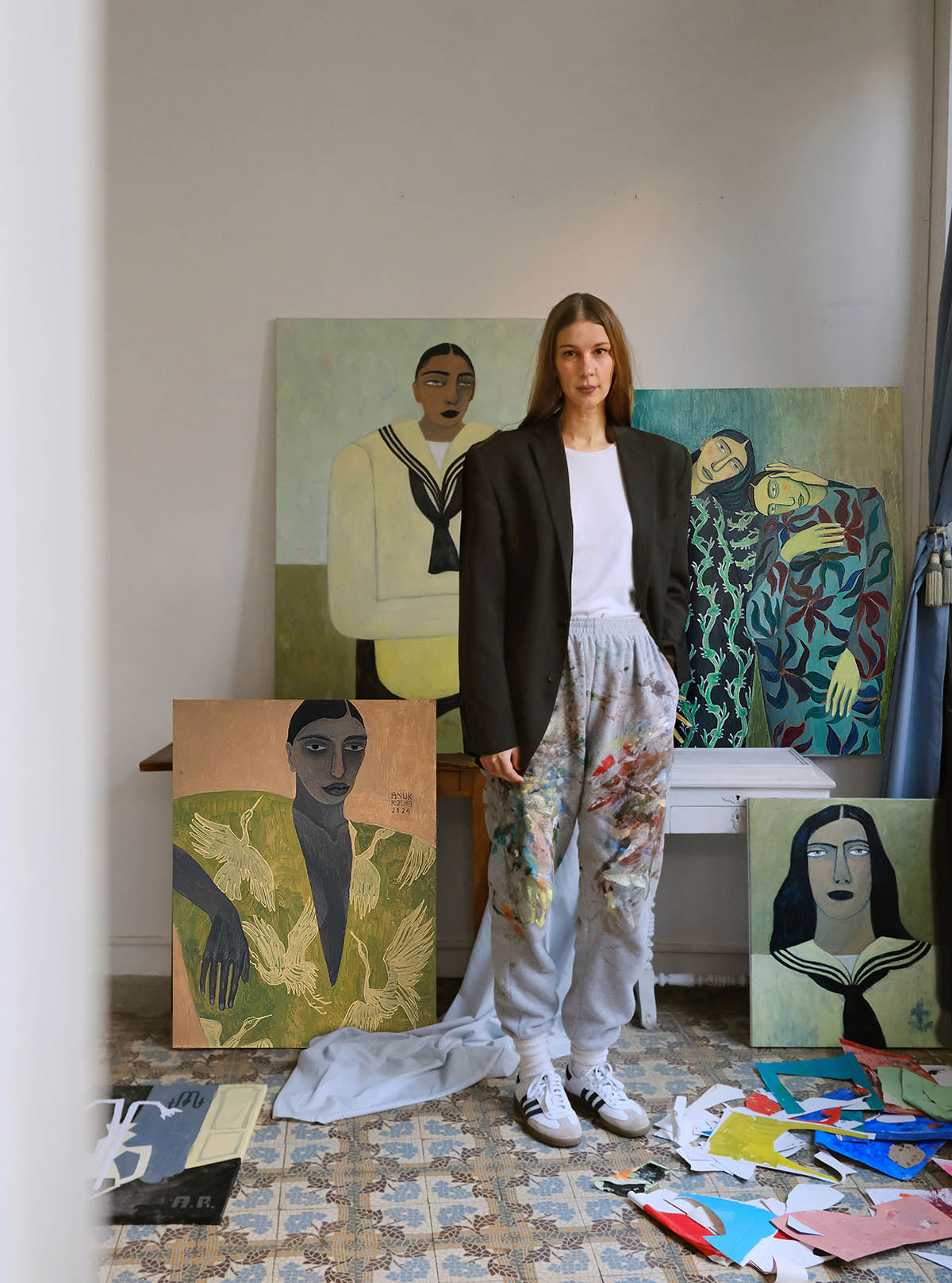
How do you see your art evolving in the future? Are there other mediums or forms you would like to experiment with beyond painting?
I have developed a style for myself that is recognizable and that I have refined over the years; now I am willing to push further, dig deeper, and connect with myself even more. I always have James Ensor in the back of my mind, and Egon Schiele. I want to explore human expressions further and develop characters with a more symbolic, playful approach.
Anuk Rocha – www.anukrocha.com, www.instagram.com/anuk_rocha/
Anuk Rocha, German-born, Bosnian-bred artist graduated in fashion design at ‘ENSAD’ in Paris and honed her drawing skills as a fashion designer for the likes of Maison Martin Margiela and Damir Doma, Anuk eventually leaves the fashion world behind to focus on painting. Since 2022 she has exhibited at Blue Shop Cottage (UK), Soho Revue (UK), Galerie Kokanas (FR), Delphian Gallery (UK), Cohle Gallery (FR), Gallery Hioco/Delany (BE), Nibelungen Gallery (BE) and Galleri Christoffer Egelund (DK).



